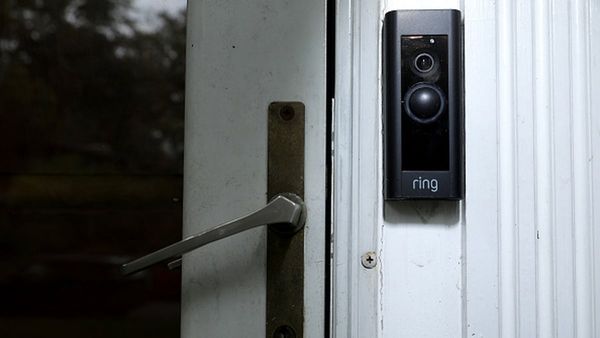
The use of computer vision in smart cities allows them to function seamlessly. At the same time, considering how computer vision is set to be the catalyst for digitization across several industries in the future, it is natural to expect the technology to evolve with time. Accordingly, computer vision has undergone several evolutions to cover more application areas in recent years.
3D profiling, a 3D vision strategy that enables the capturing of three-dimensional images for various purposes, can bring about the above-mentioned improvements in computer vision. Here’s how the inclusion of 3D profiling makes computer vision better:
Greater Dimensional Accuracy
Despite the advancements, computer vision tools could always do with an added dose of clarity and accuracy when they capture images or videos that will later be used in facial recognition systems or other AI-based systems. 3D profiling uses laser profiling for the task of creating 3D images. This allows the images or videos to be captured with the highest degree of accuracy, with the depth resolution often measurable in micrometers (μm). As a result, the input data in 3D computer vision systems contains almost no variance. Such data can be put to good use by machine learning and AI tools.
The enhanced accuracy also allows researchers to get a better idea of depth or height measurement. For instance, certain questions can be answered regarding how tall certain objects in an image are, as well as information regarding the objects neighboring it.

Better Data Verification
Mostly, AI, computer vision and other technologies are primarily used for data—and image—verification in various systems and devices. As many of us know, humans can make errors during the verification process. 3D profiling makes the verification process more trustworthy due to greater accuracy in input data, as stated above. As a result, the process of data verification is carried out, with better output results too, if 3D profiling is used to deepen computer vision applications.
AI systems are generally less error-prone compared to other non-AI machines as well as humans. If the algorithms are trained with a large number of diverse and culturally inclusive datasets, the computer vision-based operations can be carried out smoothly. The depth provided by 3D profiling allows computer vision-based applications to have exact information about the distance of an object from the lens as well as other objects in its surroundings.
The introduction of 3D profiling improves fields such as robotics and AR, which also use computer vision. Technologies such as 3D profiling are here to stay and improve technologies such as computer vision in the future.







